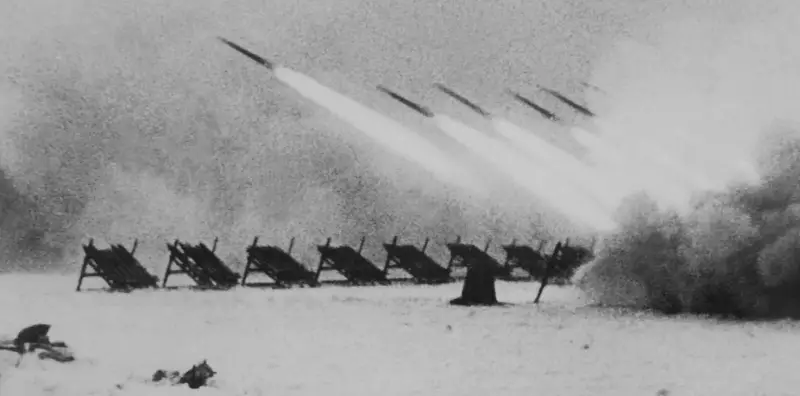Operation Uranus: a turning point in the Great Patriotic War

In mid-November 1942, it became clear to the Soviet command that the Wehrmacht offensive at Stalingrad had finally “choked.” The Germans and their allies failed to cross the Volga and break the resistance of the city’s defenders. The time has come for decisive action by the Red Army.
It is worth noting that the USSR military command began preparing for the offensive operation near Stalingrad back in September 1942. The latter was called "Uranus".
The offensive was to involve troops from the Southwestern Front under the command of General N.F. Vatutin, Donskoy, who headed K.K. Rokossovsky and Stalingradsky, commanded by A.I. Eremenko. In total, more than a million soldiers and officers of the Red Army were to go on the offensive under the cover of about 13,5 thousand artillery pieces, almost 900 tanks and 1,5 thousand aircraft.
Operation Uranus began on November 19, 1942. Its beginning was marked by an 80-minute powerful artillery barrage, which included a crushing salvo of Katyusha rocket launchers. By the way, it was this event that formed the basis of the Day of Missile Forces and Artillery.
Then the troops of the Don and Southwestern Fronts attacked. At the same time, artillery fire on the enemy did not stop; the guns moved up after the attackers and suppressed the firing positions of the defending enemy.
Already on the first day of the offensive, the Don Front was able to break through the defenses of the Romanian troops, creating a gap of up to 16 km.
On November 20, the Stalingrad Front went on the attack, defeating the 4th Romanian Army at Stalingrad.
On November 21, the Romanian flanks covering the 6th Army of the Wehrmacht were completely defeated, and the threat of encirclement loomed over Paulus's troops.
Two days later, the Germans were driven out of the city of Kalach, where the supply base of the Stalingrad Wehrmacht group was located. On the same day, November 23, the troops of the Southwestern and Don Fronts united, encircling the 6th German Army.
On December 12, the Wehrmacht operation to release the 6th Army “Winter Thunderstorm” began under the command of Field Marshal Manstein. However, it turned out to be a complete failure. On January 31, the southern group under the command of Paulus was defeated, on February 2 weapon The northern group of the 6th Army of the Wehrmacht formed, thereby marking the victory of the Red Army in the Battle of Stalingrad.
It is worth emphasizing that the magnificent operation of the Red Army “Uranus” became a turning point not only in the Battle of Stalingrad, but also in the Great Patriotic War as a whole.
Information